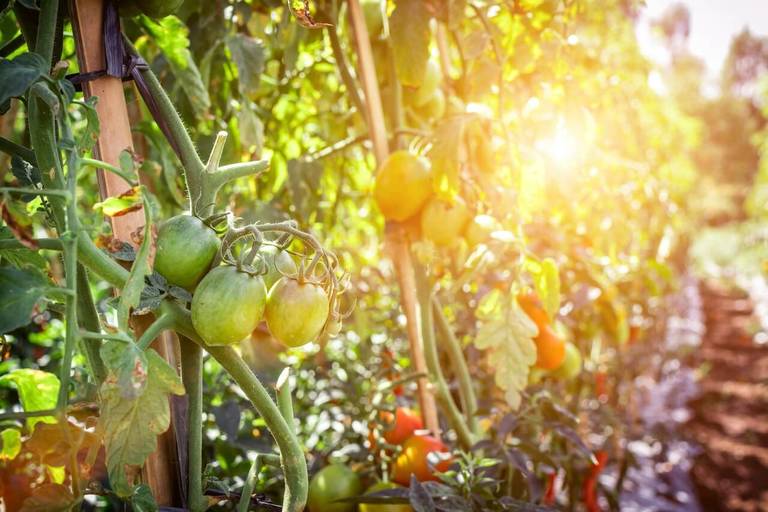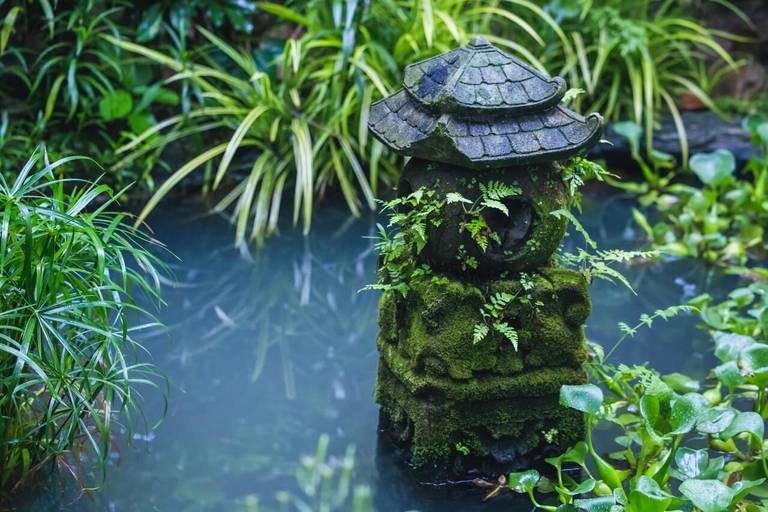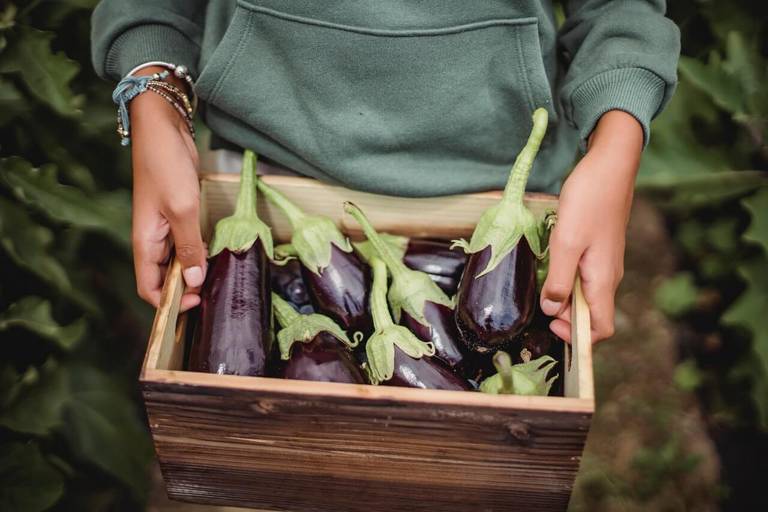6 Actionable Tips How to Conquer Problems in Your Organic Garden
Organic gardening is all about growing healthy fruits and vegetables without using chemicals in a natural way that protects the consumer and the environment.
It's not hard to accomplish this on a small scale where lots of attention can be lavished on individual plants. However, some techniques allow for large-scale gardening and farming using natural methods.
Without further ado, let's see how to conquer problems in your organic garden.
In this guide you'll learn:
Choosing a Garden Site
Choosing a site is the first thing if you want to start an organic garden. Generally, the garden should be located in a sunny spot that is well-drained (unless you plan on growing boggy plants like cranberries).
Do not worry about the soil condition. You can amend this with some natural ingredients and a bit of work. Next, locate an area for compost near the garden. Composting is an excellent way to get free rich nutrients into the soil.
Garden Soil Amendment
When the site is chosen, it is time to create a productive environment for plants. This means turning over the soil and adding nutrients. The fact is, you can never add too much compost.
However, be careful. Although there are many sources of composted manure, sometimes it can be inadequately aged so that it still contains substances that will "burn" young plants. You can turn raked leaves from trees and grass clippings directly into a new garden bed. You can test the soil at the local agricultural extension. These tests cost money as well as time and trouble. However, they can help pinpoint specific needs to amend garden soil.
Nevertheless, there are some easy ways to get a good idea of soil composition. Soil is made up of several components: sand, silt, and clay. Simply feel the soil when it is slightly damp. Sandy soil will feel gritty, silty soil feels smooth, and clay soil feels sticky.
But a more precise experiment can be conducted with a mason jar, a cup of soil, and some water. Put a cup of soil in a quart jar. Add one tablespoon of dishwashing liquid. Fill the rest of the jar with water and tightly screw on the lid. Shake the jar until the soil is thoroughly mixed with the water. Then set the jar on a level surface and let it sit overnight. In the morning, the sand will have settled to the bottom, the silt in the middle, then the clay, forming a top layer with some cloudy, dirty water.
From this, you can calculate the approximate makeup of your soil. Ideally, you want about 40 percent silt, 40 percent sand, and 20 percent clay. Yet knowing the content of soil does not mean that you should be adding clay or sand. The best soil amendment is organic matter.
The pH of the soil can also make a difference. Inexpensive kits are available to test pH, but the agricultural extension can also do this. The ideal pH is slightly acidic (6.6 - 6.8). The pH scale runs from zero to fourteen, with lower numbers being more acidic and higher numbers indicating more alkaline soil. PH seven is neutral.
To raise soil pH, add lime to the soil. Ashes are also effective. Aluminum sulfate and sulfur will make the soil more acidic. As these chemicals are natural to soil, they are allowed for use on organic farms and market gardens.
Planting Organic Seeds and Plants
For a garden to be strictly organic, seeds that have been genetically altered (other than by crossbreeding) should not be used. Also, the seeds should have been raised using organic techniques.
Organic seeds are widely available, as are heirloom seeds. Heirloom seeds grow plants from which the seeds can be used year after year and still get consistent, high-quality plants. Hybrid plants that are not heirloom will produce unpredictable results if their offspring are used. When buying seedlings, also ask for organic starts.
To plant seeds, for a start, simply follow the directions for the specific plant. Carrots, tomatoes, leeks, and other garden plants have their own special requirements. Seed packets invariably come with planting instructions. Consult with the seller of plant starts and seedlings to determine the best planting methods and times.
The USDA has created a plant hardiness zone chart that can be used to determine what can be planted and when in different regions.
Organic Fertilizer
Organic gardening comes into its own with fertilizing and composting will often be enough. But with perennials and fast-growing plants, mulching can help the soil retain moisture during dry periods while slowly leaching nutrients into the soil as the plant needs them. One way to get nutrients to the plant through the foliage and the ground quickly is by brewing some compost tea. This is compost thinned by water and brewed to kill some of the micro-organisms. Then, you can spray it directly onto plants. Besides what you can make at home, organic fertilizers, such as groundfish and kelp, are available from gardening centers.
Of course, water is a big part of any garden. For most plants, keep the soil moist but not wet. The plants will thank you by producing lots of fruits and vegetables.
Organic Pest Control
Probably the most challenging aspect of organic gardening is controlling garden pests. The first line of defense is the gardener literally picking pests from the fruits or leaves of plants and dropping them in a salt or alcohol solution. You can easily do this for pests like the Tomato Hornworm. But it will be more difficult for underground grubs and small aphids. For some of these creatures, such as slugs, traps may be effective.
Generally, some level of crop damage will be acceptable. Nevertheless, the gardener should keep in mind that once an insect invades, if not controlled, the problem will only get worse. One way to defeat pests is to be proactive. Repel them before they become a problem. One way to do this is to inter-plant your garden with plants that pests do not like. Some common pest repelling plants are basil, cilantro, garlic, and marigolds. In fact, sprays can be made using these plants' ground or crushed leaves and sprayed directly onto affected plants.
Attracting or releasing beneficial insects can quickly wipe out attacking pests. However, there are also natural biological insecticides. Some of these are on the market and available for use in large-scale operations.
You can spray soaps and oils on plants to kill insects or bacteria. However, this mode of defense may kill beneficial insects as well as target populations.
Other Factors
Crop rotation is a good idea that prevents the build-up of pests in certain areas. However, do not plant such vegetables as tomatoes or celery in the same spot every year.
By using cold-frames or cloches to keep plants warm during cold weather you can significantly extend the growing season.
Organic gardening is both fun and rewarding. A small plot can produce massive yields and save a few dollars on the side besides contributing to a healthy lifestyle.




